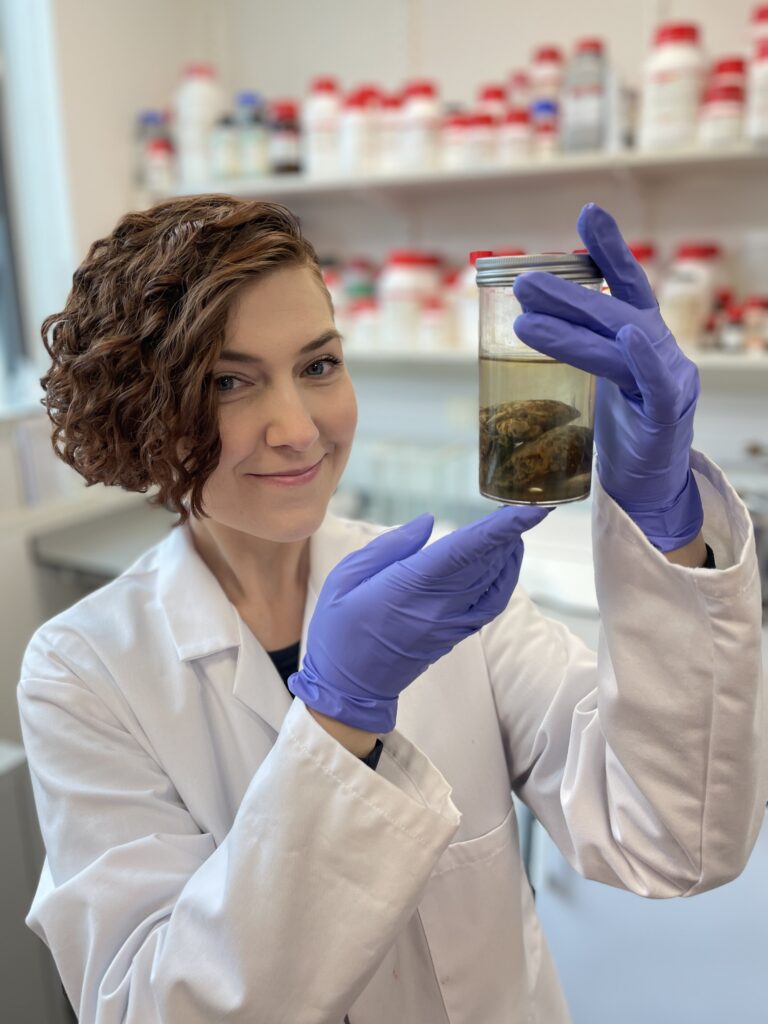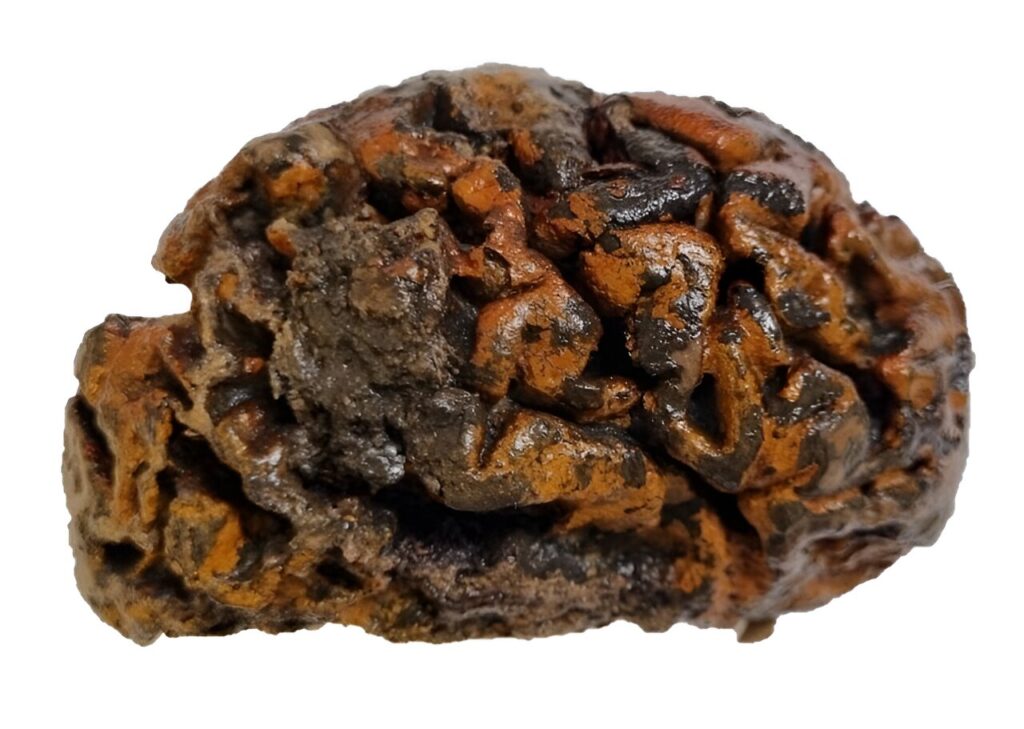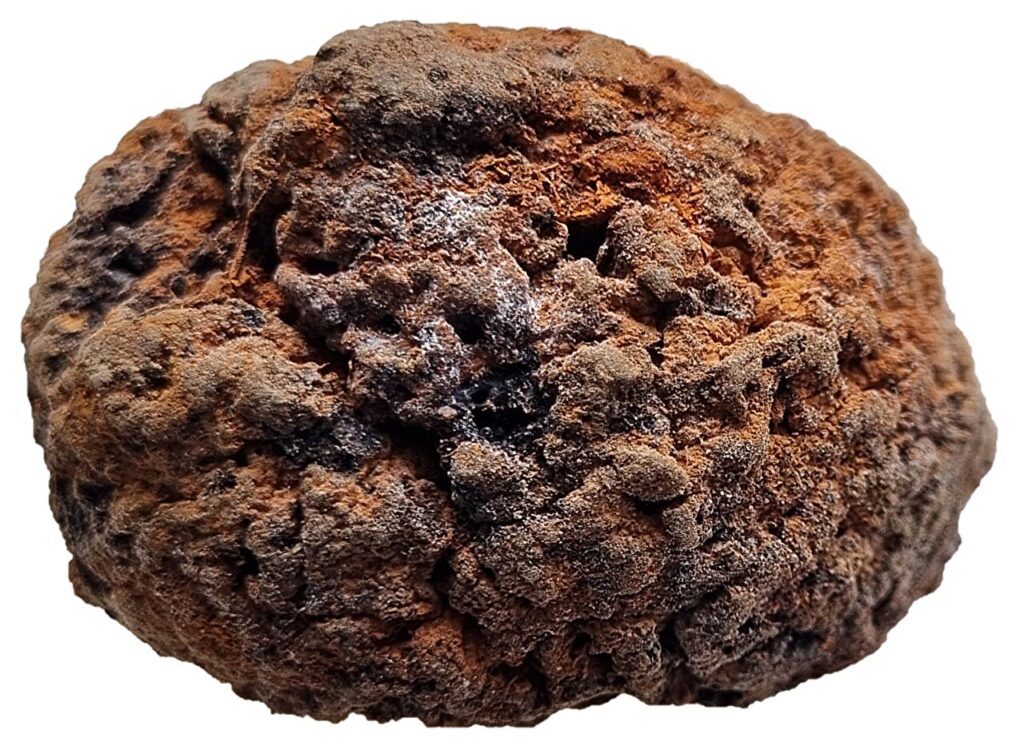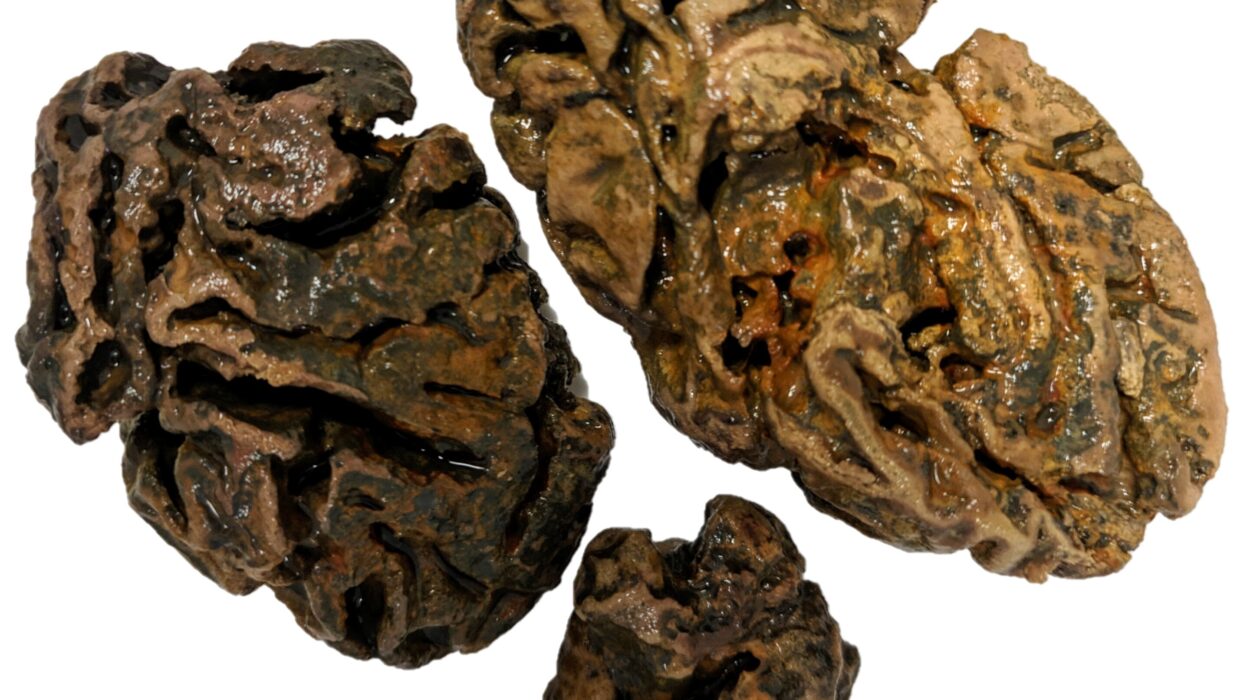For centuries, archaeologists have unearthed a remarkable record of human history through bones and teeth – the enduring remnants of our ancestors. Soft tissue preservation, however, has been a rare privilege, with entire organs succumbing to the relentless march of decay. But a groundbreaking study led by Oxford University researchers shatters this notion, revealing a vast archive of preserved brains – over 4,400 – defying the odds of time.
Previously, the spontaneous persistence of a brain amidst skeletal remains was considered an exceptional occurrence. Alexandra Morton-Hayward, the study’s lead author, spearheaded a meticulous search, compiling the largest and most comprehensive analysis of archaeological literature to date. By scouring historical records in over ten languages and collaborating with historians worldwide, the team unearthed a staggering number of preserved brains across the globe.
This archive, published in the Proceedings of the Royal Society B, spans six continents (excluding Antarctica) and boasts brains dating back a phenomenal 12,000 years. From the shores of an ancient Swedish lakebed to the depths of a 500 BC Iranian salt mine, the final resting places of these brains paint a diverse picture. The researchers found these shrunken and discolored tissues in individuals from all walks of life – Egyptian royalty, European monks, Arctic explorers, and even casualties of war.

“This record of ancient brains,” remarks co-author Professor Erin Saupe, “highlights the remarkable adaptability of brain tissue for preservation, enduring in environments as varied as the high arctic and arid deserts.”
The researchers meticulously matched each brain in the database with corresponding historical climate data, seeking patterns in preservation trends. This analysis revealed distinct environmental factors influencing different preservation methods – dehydration in dry climates, freezing in icy environments, saponification (fat conversion to “grave wax”) in specific burial conditions, and even tanning (usually with peat) in bog environments.

Intriguingly, over 1,300 brains stood out – the sole preserved soft tissue amongst skeletal remains. These brains, often the oldest in the archive, some dating back to the Ice Age, pose a fascinating puzzle. The exact mechanisms for their preservation remain elusive, but the team suggests possibilities like molecular crosslinking and metal complexation – the fusion of proteins and lipids in the presence of elements like iron or copper.
“The field of forensics considers the brain a rapid decomposer,” explains Morton-Hayward, “yet this vast archive demonstrates exceptional circumstances where it endures. We’re currently delving deeper to understand if these circumstances are environmental or linked to the brain’s unique biochemistry. The sheer number and diversity of ancient biomolecules preserved in these brains offer a thrilling opportunity to explore the lives and deaths of our ancestors.”

Co-author Dr. Ross Anderson emphasizes the significance of these ancient brains, “They present a unique window into the early evolution of our species, potentially revealing the impact of ancient diseases.”
For bioarchaeologists, preserved soft tissues are a goldmine of information, offering a richer tapestry compared to just bones and teeth. However, less than 1% of these preserved brains have been investigated for the presence of ancient biomolecules. This untapped archive of 4,400 brains holds the potential to unlock new chapters in our history, shedding light on past health and disease patterns, and the evolution of human cognition and behavior.
Source: University of Oxford










